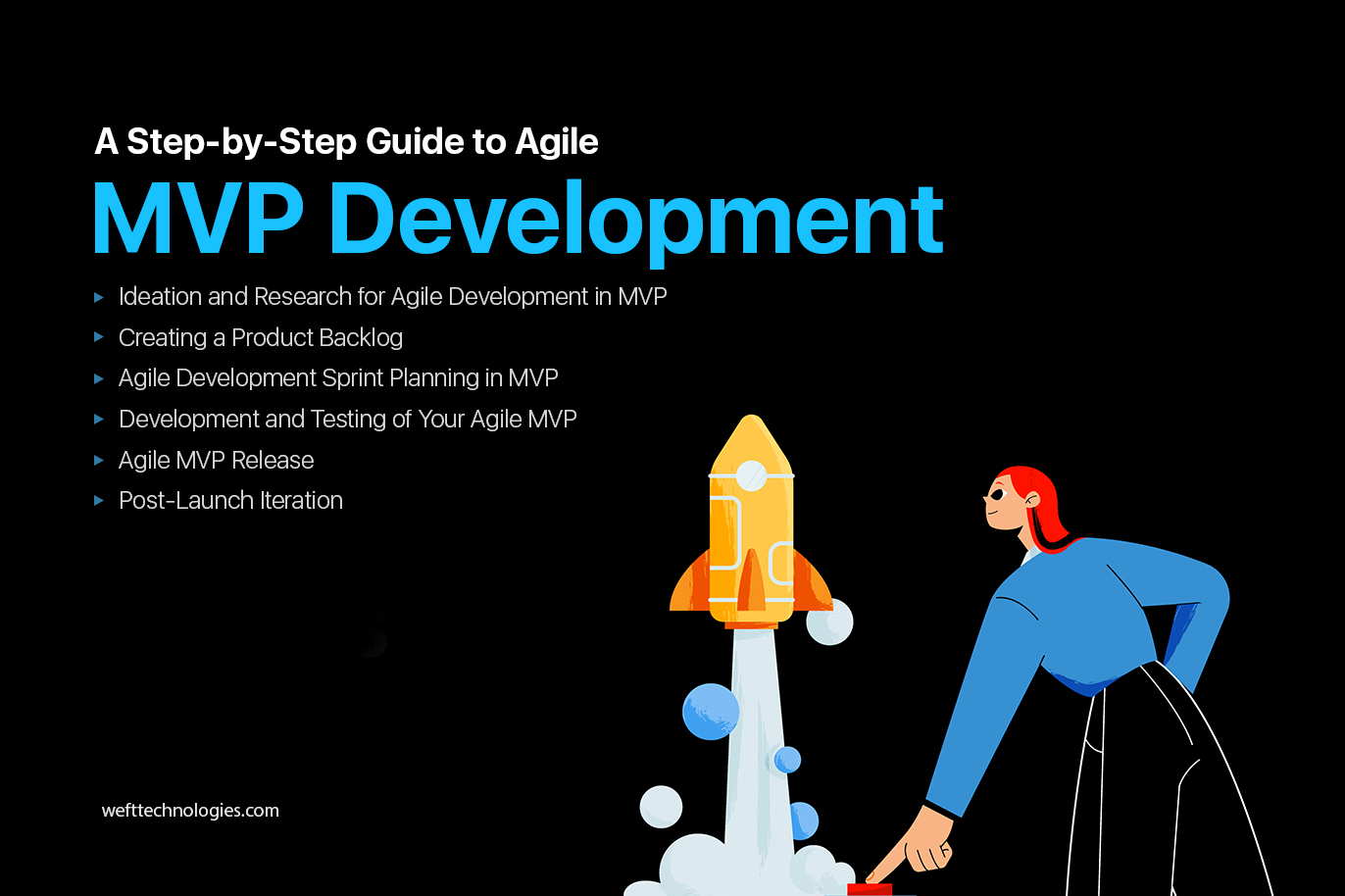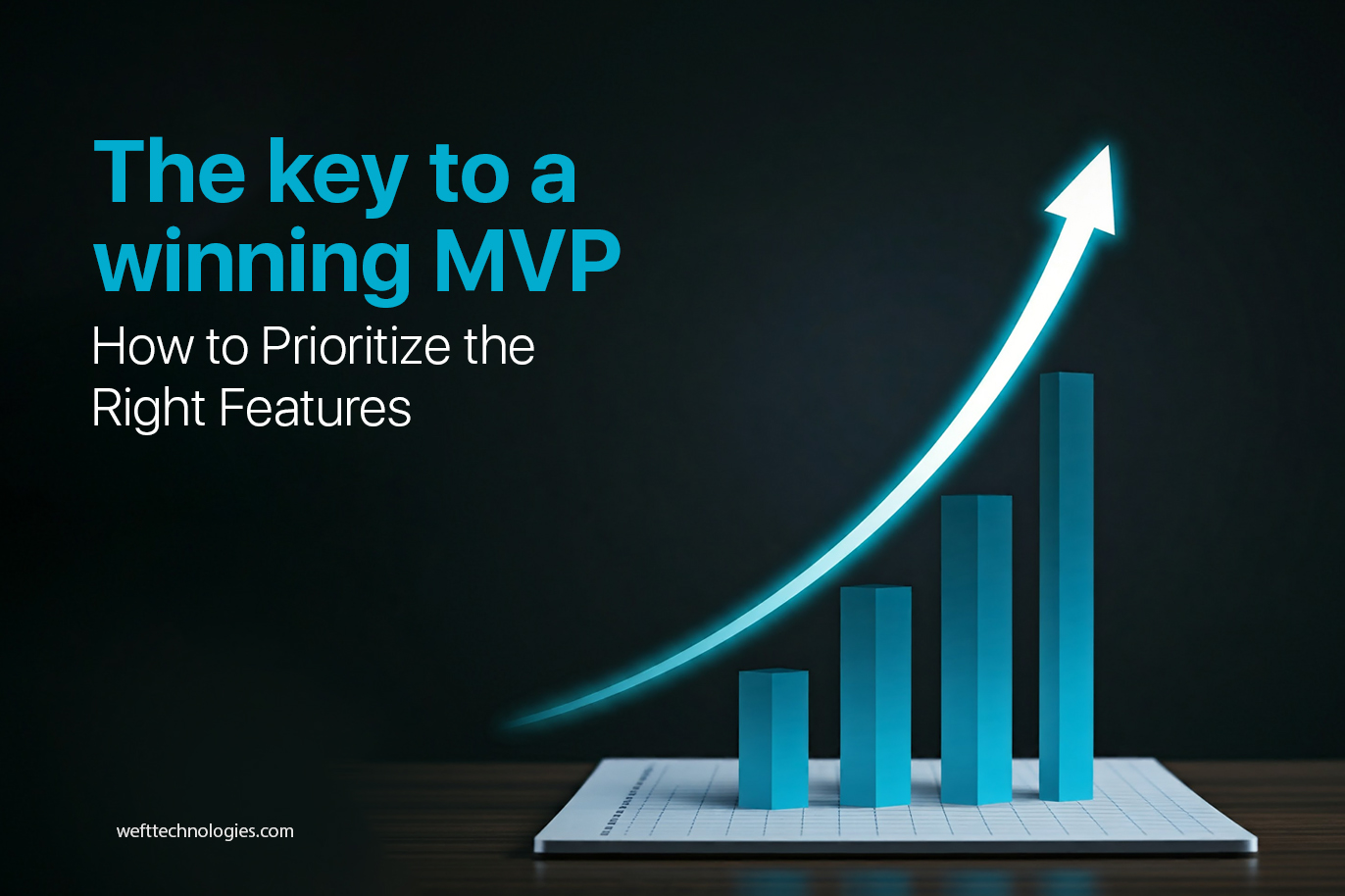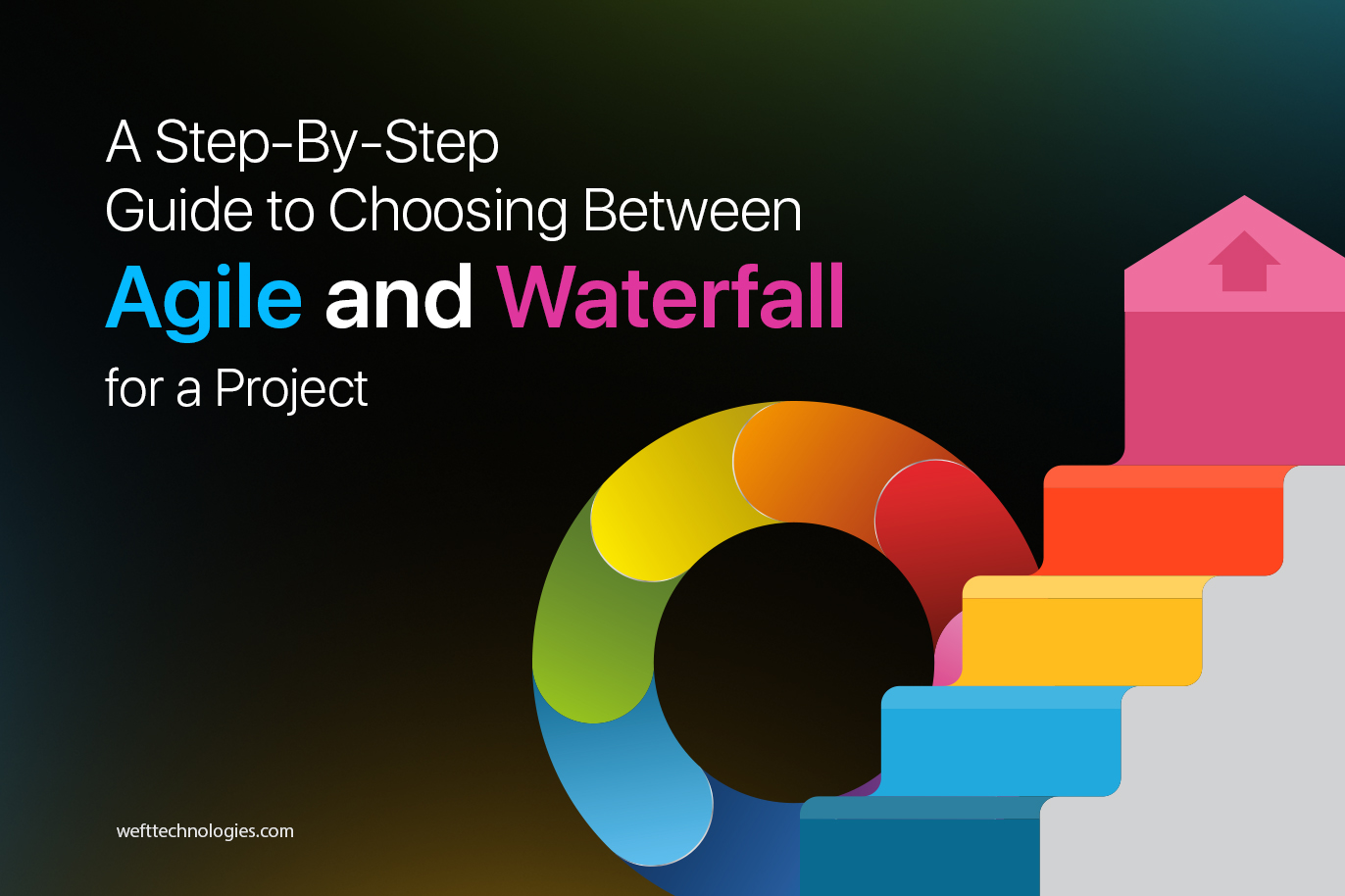How to Build a Successful Ecommerce Website in 7 Steps?
Do you still believe there exists any other way to boost your business, other than eCommerce? Online business is breaking records and continually growing at a rapid pace.
If you have a spectacular business idea or a product catalog, it’s best to bring it on eCommerce platforms for a whirlwind sale statistics to come to reality with a website development company.
Having an eCommerce store will boost the reputation of your business as well as build the brand identity and you can earn national as well as international acclamation.
Weft Technologies, an eCommerce website development company in Kerala will share the 7 basic steps which act as the key pointers when it comes to building an eCommerce website.
If all the information on eCommerce platforms just made you overwhelmed, then read along and treat yourself with the simple 7 steps to build an eCommerce store!
1. Round off a Strategy

You can never replace a sound strategy with anything around the corner. The eCommerce platform should fall in place with your business standards irrespective of the size. You may have a physical store where you work hard enough to earn the best customer satisfaction. Just like that, don’t you want 24/7 customer support and a workforce available to troubleshoot anything troublesome?
2. Pick your Domain and Platform that suits Your Ecommerce Website
Do you need a custom domain for your eCommerce website? Weft has an opinion of no. However, if you plan to sell a wide variety of products, work on your brand identity, a custom domain is a must!

Most attractive takeaways of having a custom domain are:
- An escalated brand identity that is solely yours, e.g. myshoppie.com
- A professional email address associated with your domain, thereby people can contact you.
- Search engine optimization (SEO) rewards.
Have you already got a website? Then don’t go the extra mile of building an eCommerce store from scratch. Weft can easily build an eCommerce website for you by adding essential widgets.
3. Pricing Plan and Payment Methods
What are the major three sides of payments you should concentrate on before building an eCommerce website: Pricing of your products, how you want to get paid, and how you are planning to route those payments into your own bank account.
What you should consider when it comes to payments in your eCommerce business?
- How much does each item cost?
- What about the hosting of your ecommerce website?
- How to do Shipping?
- What are the associated Taxes?
- Fees and percentage per sale deductions from various organizations.
- Flexible pricing
4. Build Your Store, Product Catalog Spectacularly!
It’s time to design your eCommerce website! Have an idea on how to add your product gallery. If you want simplicity at the best and want to go basic, then you may, but try not to skip the about and contact us page at the least to help potential buyers connect with you.
Add photographs of your store to build authenticity. Have a catchy store name coupled with a brand logo to ace your identity.
5. Seamless Checkout Experience

Do you know what’s the worst nightmare of any online business holder? And that’s the abandonment at shopping cart!
You may stop your customers from this heartbreaking step by these little steps:
- Let them purchase multiple items at once
- Give them free shipping if you can, or
- Give them clear cutbidea on shipping costs before hand (before customers get to the checkout)
- It’s best to optimize your checkout for mobile devices. Weft works on mobile optimization primarily.
- Send cart abandonment emails anytime as reminder to someone who leaves without completing their purchase.
6. Don’t forget to promote Your Growing Business

Once you have finished building an eCommerce store, you need to promote your product to increase traffic and drive sales.
Weft offers expert marketing services for your business, SEO, pay-per-click advertising, and more. SEO efforts are necessary to enhance the visibility of your site since chances are huge for you to go unnoticed in hundreds of eCommerce sites.
7. Boost Your Conversions with Data

Study the functionality and performance of your eCommerce website with an analytics solution. This will let you supervise your site and product catalog so you can boost them for more conversions, reachability, and effectiveness.
Building an eCommerce website isn’t easy peasy as it seems, and needs strenuous efforts, but it is definitely a wonderful opportunity to make your business competitive and to boost awareness and enhance accessibility for your stellar products. Abide by these seven steps and you will soon have an eCommerce website that works wonders for you!
What’s Next

Data Privacy in Digital Marketing: Using Personal Data the Right Way

Non-Tech Founders, Here’s How to Build Your MVP the Right Way

The Future of Software Development: How We Stay Ahead of Industry Trends

How Voice Search Affects SEO: Ways to Stay Ahead with Smart Strategies

Top 10 Mobile App Development Trends of 2025

How to Iterate faster with Agile MVP Development: A Step-by-Step Approach to Building Scalable Products

UI/UX Trends That Will Shape the Industry in 2025 & Beyond

The Rise of Social Commerce: How Social Media Is Becoming the New Face of Online Retail

The Key to a Winning MVP: How to Prioritize the Right Features

